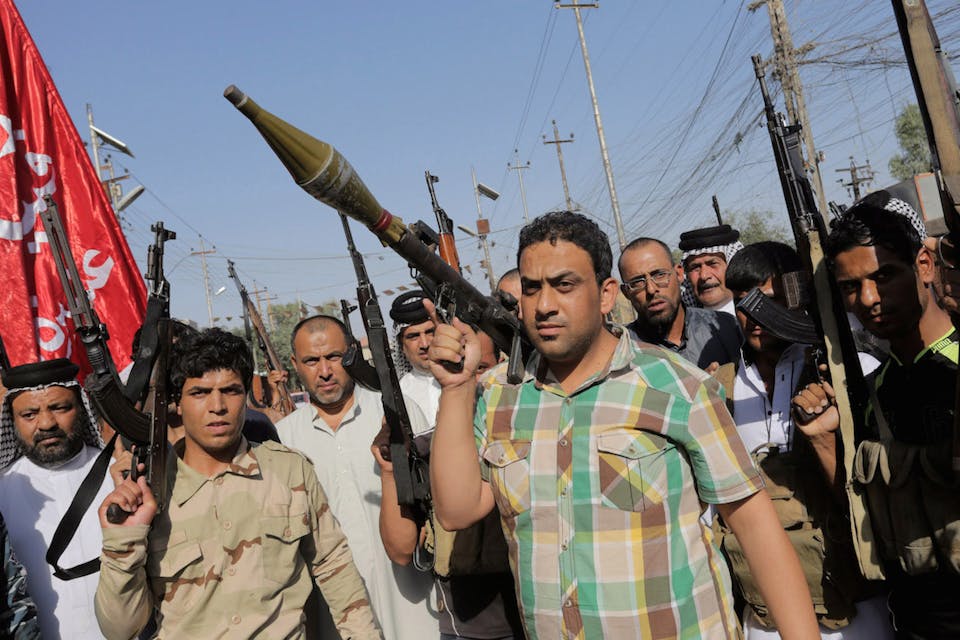
July 2, 2014
The New Middle East War
A single conflict now stretches from Baghdad to Beirut. How many sides are there—and whose side is the U.S. on?
With the June 10 capture of the city of Mosul by the Islamic State of Iraq and Syria (ISIS), a debate promptly reopened in the American media over America’s role in the fate of post-Saddam Hussein Iraq. Typifying one side of the debate was former President Bill Clinton, who on network television laid the blame for today’s problems squarely on the shoulders of the Bush administration. “If they hadn’t gone to war in Iraq,” he said, “none of this would be happening.” On the other side, there are suggestions that President Obama’s neglect of Iraq has been at least as harmful as was the interventionism of his predecessor, if not more so.
But the Iraq war as we once knew it is no longer, and the debate over it leaves us mired unprofitably in the past. The rise of ISIS is a subset of a new conflict, one that stretches all the way from Baghdad to Beirut. That conflict has its own unique character. What is it about? Who are its primary participants? Where do America’s vital interests lie, and what should America’s strategy be?
The new war is, in brief, a struggle over the regional order. In the balance hangs the future shape of Iraq, Syria, and Lebanon—their political shape no less than their contours on a map. On the battlefield at any given moment, one can find a dizzying array of actors, but at the basic strategic level the conflict has three sides: Shiite Iran and its proxies; ISIS and likeminded Sunni extremists; and the traditional allies of the United States: Turkey, Saudi Arabia, Jordan, the United Arab Emirates, and Israel.